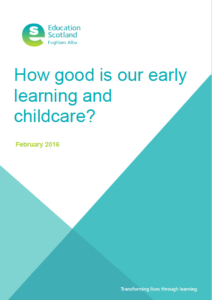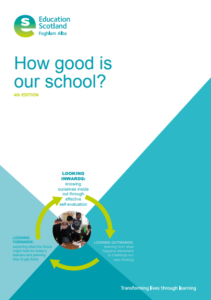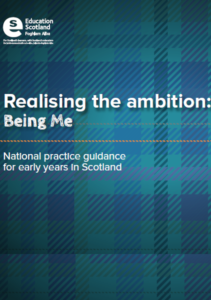p15
There is a balance to be struck. On the one hand, there is the knowledge and skills that we want children to develop, such as self-regulation, confidence, and curiosity. On the other hand, we know that this is best done in a child-centred way where children have permission to follow their interests and to develop at their own pace.
p23
As a starting point, research with young children supports the view that the following dimensions are among the most important aspects of child development, underpinning not just learning but also essential for survival and flourishing: executive function and self-regulation, communication and language, confidence, creativity and curiosity, movement and coordination, and self and social development.
Self-regulation covers all the skills and processes that help us to stay safe and to get through the day.
Babies and young children often need to “borrow” our ability to manage stress, whether it is the adult’s understanding that all is well, or help to manage the strong feelings, or to work out what to do about it.




